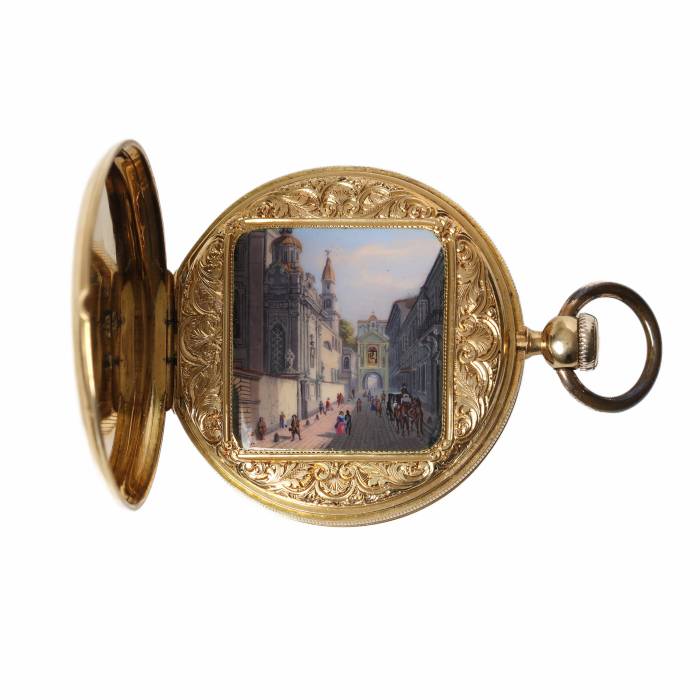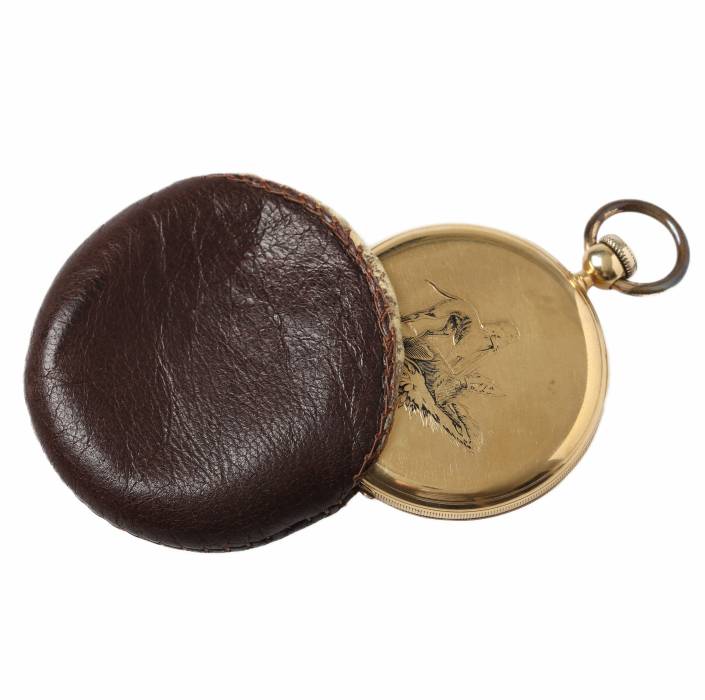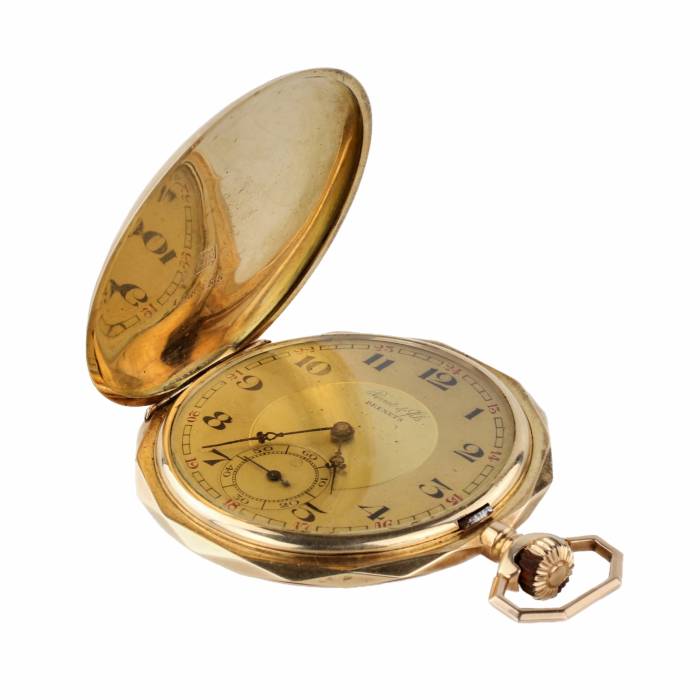
AntiqonART consultant will contact you within one business day after receiving your request.
Thank you for your request!
Our consultant will contact you soon.

AntiqonART consultant will contact you within one business day after receiving your request.


















Historical reference:
Patek & Philippe - After the bloody suppression of the Polish uprising of 1831, thousands of rebels were forced to leave the Russian Empire, fleeing harsh punishments and possible death. Among these fugitives was Anthony Norbert. Fleeing from repression, he first found refuge in Paris. In 1835, having changed his name to Antoine Norbert de Patek, he settled in Geneva, where he began to make a living by reselling watches bought at low prices and sent to his Polish compatriots. In 1839, Anthony had a fateful meeting with Frantisek Capek, a Polish watchmaker of Czech origin. On May 1, 1839, they founded the watch company Patek, Czapek & Cie. Producing about 200 watches a year, the company quickly established itself, and already in 1844 it took part in the Paris Exhibition. It was there that Patek first learned of Jean-Adrien Philippe, a French watchmaker who was working on an innovative pocket watch that did not require a traditional winding key to wind and adjust. A year after meeting Jean-Adrien Philippe, František Capek decided to leave the company and its name was changed to Patek & Cie. Patek, needing a new partner, invited Philippe to take the post of technical director in his Geneva company. On May 15, 1845, a new company, Patek & Cie, opened at 15 Quai de Berg in Geneva. Six years later it was renamed Patek, Philippe & Cie, beginning a new chapter in the history of watchmaking.
The Gate of Dawn is the only surviving city gate of Vilnius, representing one of the most important religious, historical and cultural monuments of the city. In the chapel located at this gate there is an icon of the Blessed Virgin Mary, Mother of Mercy, which, according to legend, has miraculous properties. Initially, the gate was called Mednitsky (Medininkai), since the path to Medniki (Medininkai) began from there. The modern name may have come from the Lithuanian word aštrus (Russian sharp), since the gate was located on the outskirts of the city, which at that time was called the Sharp End. There is another version of the origin of the name, related to their location in the eastern part of Vilnius, where the dawn rises. Additionally, the Virgin Mary was also called the Star of Dawn, which may have influenced the name of the gate. The chapel acquired its classic appearance as a result of reconstruction carried out in 1828–1830. The top of the chapel was crowned with a turret with a bell. In 1830, a stone corridor connecting the chapel with the church was completed. Between the columns on either side of the icon were two gilded statues depicting the parents of the Virgin Mary, Saints Joachim and Anna.

















